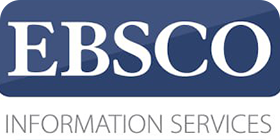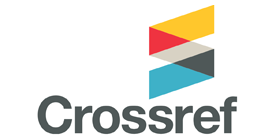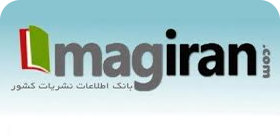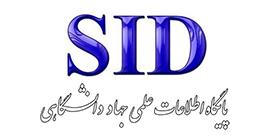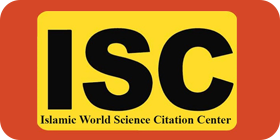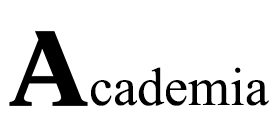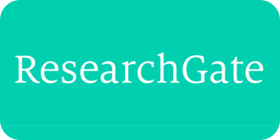Identifying the Factors That Shape Collective Trust and Its Consequences in Schools
Keywords:
Trust, Collective Trust, Implications of Collective Trust, School LeadershipAbstract
Purpose: The aim of this study was to identify the factors of formation and consequences of collective trust in schools. Methodology: The present study was conducted using a qualitative method using data foundation theory. The statistical population included education professionals and knowledge-based companies. The research sample consisted of 12 experts and experts in the field of education and collective trust, the Institute of Education Studies, the Ministry Office of the Ministry and the General Directorate of Education, experienced managers who were selected by purposive sampling method. . First, 7 people were selected using purposive sampling, and then 5 more people were selected using the snowball method. The data collection tool was a semi-structured interview. By analyzing the data theory, the basic model was extracted and then the components and sub-components were identified. Findings: The components of collective trust formation and its consequences in school were identified with 6 main dimensions, 17 pivotal components, and 85 coding. And the motivation and dynamism of the school community; The underlying conditions were: innovation and new technology, an effective educational program for teachers and school colleagues, and the consequences of the collective trust of schools were: improving the social status of teachers and administrators, students' academic success, setting educational goals and Appropriate teaching content - developing care insights in the school community. Conclusion: The results of the study showed that the causal factors and underlying collective trust in schools are: support of senior school principals and the organization, personality and professional characteristics and motivation and dynamism of the school community; Underlying conditions are innovation and new technology, an effective curriculum for teachers and school staff


